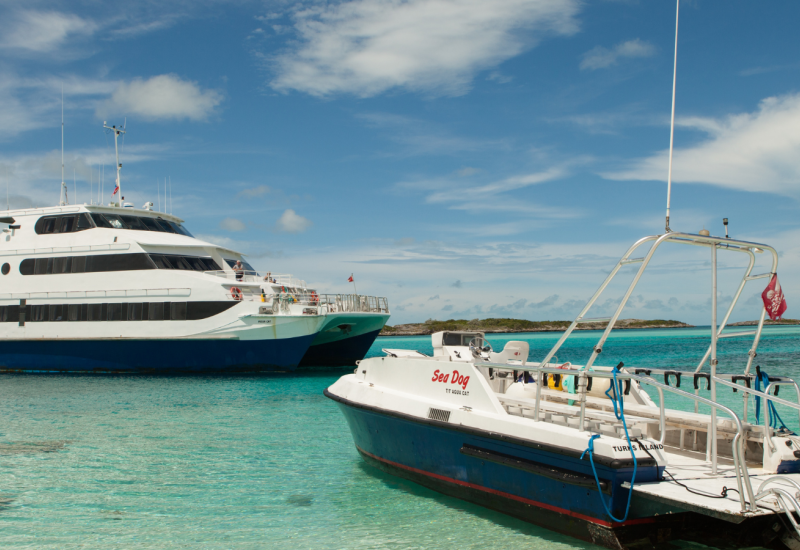What It’s Like to Visit Maui During COVID

Renee CapozzolaA green sea turtle poses with the sun behind its head at Mala Wharf in Maui, Hawaii. Sea turtles are legally protected throughout the Hawaiian islands and are a common encounter.
Once home to some of the country’s strictest lockdown regulations, Hawaii is now open for tourism. Travelers eyeing the islands’ pineapple vistas and idyllic white sand beaches may want to consider a dive trip to the perennially popular Maui. Here, the health risks are relatively low and the visitor numbers are currently down.
Requirements for Entry
As of this writing (and subject to change), there are two options for transpacific travelers to enter Hawaii (for Maui, Oahu, and the Big Island): a mandatory 10-day self-quarantine or passing a pre-travel Covid test administered by a state-approved provider within the 72 hours before boarding the final leg to Hawaii.
Test results must be presented before departure and all travelers must download the Hawaii Safe Travels App. Create an account, add your results and complete other requisite forms, including a health questionnaire, at least 24 hours prior to departure.
Other island-specific requirements include:
- Maui — download the AlohaSafe Alert application to your mobile device prior to arrival.
- Kauai — quarantine for three days at an approved resort bubble property and pass a post-travel test.
- Island Hopping — all travelers must participate in pre-travel testing, except passengers bound for Oahu.
What It’s Like to Stay On Island Right Now
There are very few tourists here now compared to Maui’s bustling pre-Covid times. As a result, you can choose from many lodging options at various budgets, often at reduced rates. PPE requirements are straightforward. Everyone must wear a mask in public unless eating, exercising outside or lounging at a beach or at a pool (you must wear a mask walking to or from that spot). No masks are required when in the water, other than the scuba or snorkel kind! Most Maui activities take place outdoors, so almost everything is open. Dive shops are operating boat charters and renting gear, whale watching excursions are running, and all beaches and parks are open. Since most restaurants in the tourist areas offer outside seating, most eateries are open for outdoor dining. As most businesses are operating at reduced capacity, however, it is advisable to make advance reservations if possible.
Where to Stay On Island Right Now
During the winter months, north and northwest swells are common, so Maui’s west and south sides offer better dive conditions. Southern and southwest swells dominate in the summer, so staying on the west or northwest sides is advantageous. The main tourist areas of the west and northwest side include Lahaina, Ka’anapali, Kahana, Napili and Kapalua; and for the south side, Kihei, Wailea and Makena.
What It’s Like to Dive Right Now
Boat and shore diving are both available on Maui. For diving around Lanai, Molokini or Molokai islands you will need to sign up for a boat charter. Boat charters can also be booked to access sites closer to shore, like Red Hill on the South side. Boats are operating at reduced capacity and less frequently than pre-Covid, so reserve ahead of time to secure your spot. On the up side, this means more room on the boat for gear storage! Hand sanitizer is readily available and contact areas are regularly cleaned but there is no mask rinse bucket due to safety precautions. All passengers must wear a face covering on the boat unless getting into the water. Visibility at most offshore sites tends to be in the 100 foot and more range. Top sites include Molokini Crater and Backwall, The Cathedrals at Lanai, the hammerhead dive at Molokai, and the Carthaginian shipwreck. If planning to shore dive, most shops offer full gear rental, including tanks and weights, and guided shore dives if you are not familiar with the dive site or prefer to have an extra pair of eyes for safety. The visibility at sites varies according to the swell and tides but a good rule of thumb is that in favorable conditions, most sites are usually in the 40 to 60 foot and above range. Top sites include Mala Wharf, Black Rock, Honolua Bay, Olowalu, Makena Landing, and Ulua Beach.
What Should I Do During My Surface Interval?
For non-divers and those wanting to try something else, Maui offers whale watching, hiking, surfing, biking down the Haleakala volcano, driving the world-famous “Road to Hana” and of course, a number of stunning white sand beaches. Some of my favorite beaches include D.T. Fleming Beach Park for boogie boarding, Ka’anapali at Black Rock for leisure and turtle viewing, Ho’okipa for turtles at sunset, and also Napili Bay and Makena. If you are lucky and come when the infamous surf spot Jaws (Pe’ahi) is breaking, then definitely don’t miss a trip to its lookout spot off the main highway. And, finally, don’t forget to just relax — after all, as they say, “Maui No Ka ‘Oi,” or “Maui is the best!”










